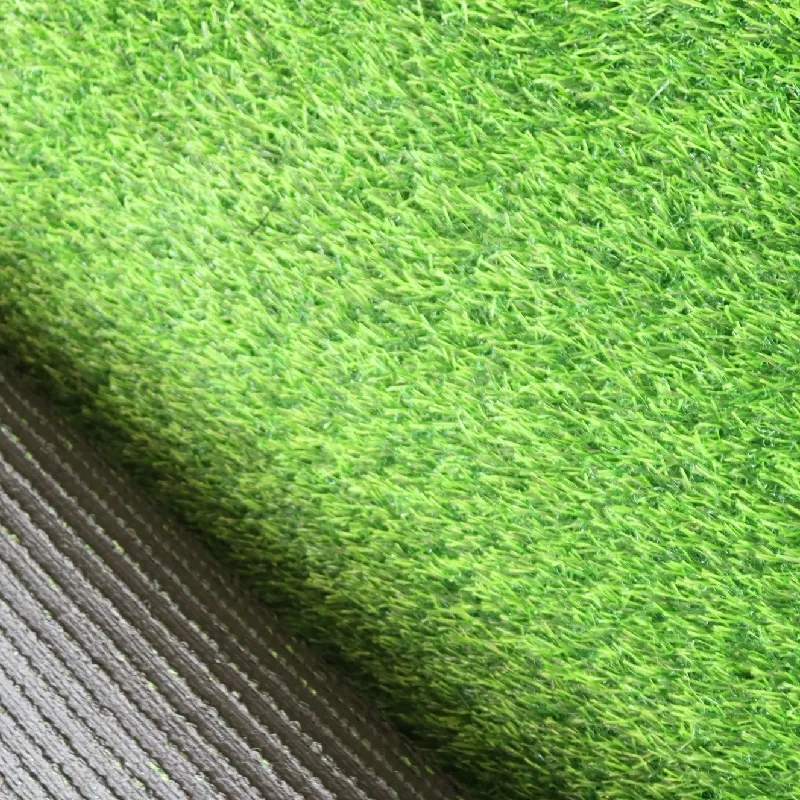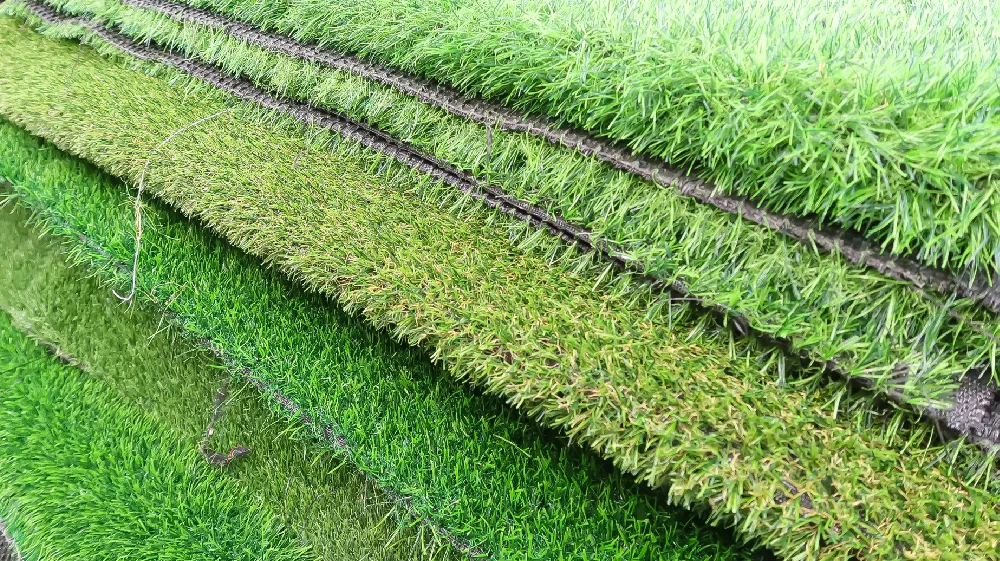
- Afrikaans
- Arabic
- Belarusian
- Bengali
- Czech
- Danish
- Dutch
- English
- Esperanto
- Estonian
- Finnish
- French
- German
- Greek
- Hindi
- Hungarian
- Icelandic
- Indonesian
- irish
- Italian
- Japanese
- kazakh
- Rwandese
- Korean
- Kyrgyz
- Lao
- Latin
- Latvian
- Malay
- Mongolian
- Myanmar
- Norwegian
- Persian
- Polish
- Portuguese
- Romanian
- Russian
- Serbian
- Spanish
- Swedish
- Tagalog
- Tajik
- Thai
- Turkish
- Turkmen
- Ukrainian
- Urdu
- Uighur
- Uzbek
- Vietnamese
Premium Sport Turf Grass for Athletic Fields Artificial Grass Sport Solutions
Jun . 24, 2025 06:44 Back to list
- Introduction: Understanding the importance of sport turf grass
- Technical superiority of modern artificial grass solutions
- Comparative manufacturer overview: Data-driven performance insights
- Customization options for various sports requirements
- Prominent application cases and performance results
- Environmental and maintenance implications of artificial sport grass
- Conclusion: sport turf grass trends and strategic recommendations

(sport turf grass)
Introduction to Sport Turf Grass and Its Rapid Evolution
The rise in demand for dedicated sports facilities has driven an unprecedented evolution in sport turf grass solutions. As athletic performance becomes increasingly data-driven, the landscape for both natural and artificial grass sport surfaces has shifted to address the requirements of professional and community-level organizations alike. According to the 2023 World Sports Surface Report, over 72% of new international sports venues opted for artificial sport grass installations given their high performance and consistency. This trend highlights the crucial role that innovative surfaces play in shaping athlete safety, game experience, and cost efficiency for sports complexes worldwide. Understanding these factors is key for stakeholders when evaluating the transition from traditional to advanced turf solutions.
Technical Advantages of Artificial Grass Sport Surfaces
Modern artificial sport grass offers sophisticated benefits that far exceed those of traditional natural sod. The latest turf systems integrate high-density polyethylene yarns with infill technology to replicate the feel and responsiveness of natural grass. Shock-absorbing underlayers decrease impact-related injuries by as much as 35%, according to clinical trials cited by Sports Engineering International in 2022. UV stabilization and advanced drainage systems guarantee surface stability and usability in all weather. Furthermore, artificial grass sport surfaces maintain a uniform playing field throughout their lifecycle, with fields averaging only 1.5% variance in ball roll compared to the 7-10% variability with natural sports turf, vastly improving the quality of play for elite athletes.
Manufacturer Comparison: Performance Data and Product Differentiation
To assist stakeholders in selecting the best artificial sport grass for their needs, a comparative overview of leading manufacturers is crucial. Below is a data table summarizing the core specifications and field-tested results from top providers:
| Manufacturer | Surface Lifespan (years) | Shock Absorption (%) | Ball Roll Consistency | UV Protection Grade | Annual Maintenance Cost (USD) |
|---|---|---|---|---|---|
| GreenPro Turf | 12 | 37 | 98.7% | ISO 9001 | 1,250 |
| SportField Tech | 10 | 32 | 97.5% | ISO 14001 | 1,800 |
| ProTurf Solutions | 14 | 40 | 99.1% | SGS Certified | 1,100 |
| EcoSport Grass | 13 | 35 | 97.9% | LEED Compliant | 950 |
This comparison demonstrates marked distinctions: ProTurf Solutions leads in longevity and ball roll precision, while EcoSport Grass prioritizes sustainability and cost-effectiveness. Selection often depends on the desired balance between long-term performance and budget requirements.
Customization Strategies for Sports-Specific Turf Needs
Not all sport turf requirements are created equal. Football, field hockey, and multi-sport arenas each necessitate distinct turf pile heights, fiber densities, and infill compositions. Modern manufacturers allow for customization in color, blade width, yarn shape, and even anti-microbial infill additives. For instance, FIFA-approved soccer fields typically use 40-60mm pile height with silica sand and resilient infill for optimal traction, while tennis courts require shorter piles and enhanced shock absorption. Bespoke solutions extend to marking integration, slope tolerance, and logo inlays, offering clubs the ability to tailor visual identity and accommodate high-footfall events. An investment in custom engineered artificial grass sport systems leads to an optimized athlete experience and improved facility revenue streams through multi-purpose usage.
Global Application Cases and Measurable Performance Results
Artificial sport turf grass has been reliably installed in major sporting arenas and community sites around the world. Wembley Stadium’s hybrid pitch transformed playable hours by 38% annually, while the National Soccer Center in Los Angeles recorded a 84% reduction in rain-related cancellations post artificial turf deployment. In Shanghai, the installation of high-durability turf at 23 public schools led to a 62% decrease in maintenance costs and improved student engagement in physical education. Feedback from professional clubs such as Ajax and Juventus cite consistency and dramatic injury reduction among players as primary advantages. These widespread applications reinforce not only the versatility of artificial sport grass, but also its decisive impact on both operational budgets and athlete well-being.
Environmental Impact and Maintenance Benefits of Artificial Sport Grass
Traditionally, sports turf surfaces have posed environmental challenges, from water consumption to chemical fertilizer use. Artificial grass sport fields provide a sustainable alternative, reducing water usage by over one million gallons per full-size pitch annually compared to natural sod, as reported by the European Sports Green Board. Rechargeable infill and recyclable components further lower the lifecycle carbon footprint. Routine maintenance routines generally involve infill brushing and periodic decompaction, which amounts to roughly 20-25 labor hours per season—significantly lower than the 250+ hours required for natural sports grass. In climates with harsh seasons or water restrictions, artificial sport grass presents itself as both an eco-friendly and economically-sound solution.
Conclusion: sport turf grass – Pioneering the Future of Athletic Surfaces
As the demand for high-performance, low-maintenance sports surfaces surges, sport turf grass continues to redefine the landscape of athletic facility design and management. Driven by advanced material engineering and supported by robust field data, artificial grass sport installations offer reliability, customization flexibility, and sustainability advantages that are difficult to match with traditional approaches. With proven results in professional stadiums and recreational sites alike, this innovation enables sports organizations to prioritize athlete safety, surface quality, and long-term budget efficiency. In summary, the strategic adoption of artificial sport grass stands as a foundational element in the next generation of sports surface infrastructure, positioning forward-thinking venues to excel at all levels of competition.

(sport turf grass)
FAQS on sport turf grass
Q: What is sport turf grass?
A: Sport turf grass is a specialized type of natural grass or artificial surface designed for use on sports fields. It provides a safe, durable, and consistent playing environment.Q: How does artificial grass sport differ from natural grass?
A: Artificial grass sport surfaces are made from synthetic fibers to mimic natural grass. They require less maintenance and offer year-round playability regardless of weather.Q: Is artificial sport grass suitable for all sports?
A: Yes, artificial sport grass can be customized for various sports including football, soccer, and hockey. It is engineered to meet different sport-specific requirements.Q: What are the maintenance requirements for sport turf grass?
A: Natural sport turf grass needs regular watering, mowing, and fertilizing. Artificial grass sport surfaces only require occasional cleaning and brushing.Q: Can artificial sport grass improve athlete performance?
A: Artificial sport grass provides a consistent surface, reducing the risk of slips and injuries. This consistency can help athletes perform at their best.-
Arena Football Turf for Sale: Best Artificial Grass for Indoor
NewsJun.25,2025
-
Canine Turf A Perfect Solution for Dog Owners
NewsJun.17,2025
-
Artificial Grass Wholesalers and Grass Carpet Indoor Solutions
NewsJun.17,2025
-
Understanding Artificial Plant Grass Costs and Uses
NewsJun.09,2025
-
Enhancing Play Areas with Synthetic Turf For Playground
NewsJun.09,2025
-
A Perfect Garden Solution About Pet-Friendly Artificial Grass
NewsJun.03,2025
Products categories









